
Rose Joan Blondell learned many things growing up as a child of vaudeville. She learned to make friends easily, to fit in, and to adapt to ever changing surroundings and circumstances. She learned how to tend to a crew, learn her lines and enhance the performances of others. She learned to smile on cue and to place the act before everything else. Most importantly she learned discipline, hard work and perseverance. The one thing she wasn’t taught was how to value herself, her gifts, and her own feelings. And that is a lesson lost that cost her much personal happiness.

Joan Blondell: A Life Between Takes gives us a chronological accounting of the actor’s life. Beautifully researched, it benefits tremendously from the full cooperation of her surviving relatives, including her children. It was her son who suggested that such a book be considered. He approached author Matthew Kennedy as the two were working on another project. It is a gift that he did so.
As expected the most compelling section is the first third when Blondell is working frantically and furiously at Warner Brothers. Her swift climb towards being an invaluable player in the studio’s talented stable make for heady reading. She arrives in Hollywood almost simultaneously with the advent of talking pictures with a young Jimmy Cagney, both fresh off a Broadway play that lands on the screen with the racy title of Sinner’s Holiday. While compelling in their debuts, Cagney’s magnetism is undeniable. The studio recognizes their hot property for what he is and quickly places him in starring vehicles with compensation to match. Cagney achieves this with some savvy and negotiation. Blondell’s compensation doesn’t achieve his, nor is she given those starring roles; her negotiation skill and representation is weaker and she is frequently used to bolster others’ work or enliven sagging pictures. Nevertheless, her presence in tight, rapid-fire pre-Code films is almost unmatched. It is only those women that truly reached the upper tier, such as Barbara Stanwyck, a friend of Blondell’s, that have greater presence. Some of the most memorable films of the era such as Night Nurse, Three on a Match, Blonde Crazy and the Busby Berkley musicals Dames and Gold Diggers of 1933 would be unrecognizable without Blondell’s presence. The latter’s finale number, Remember My Forgotten Man, with Blondell as its centerpiece, is arguably the most significant musical sequence of the Great Depression. The actress herself was taken aback by the critical and public response to its social significance. She was working so fast its impact had eluded her.
In a life filled with contradictions, Blondell frequently referred to herself as a workhorse, many times denigrating her own accomplishments while struggling for the recognition and roles she rightfully deserved. Toddling onto the stage at fourteen months, she entered vaudeville as a regular in her parent’s act at the age of three. The Blondell’s travelled the globe, rarely stopping to establish roots, a pattern Blondell found difficult to break. She longed for a house and home yet this was sometimes as elusive as the roles she sought. When Blondell found personal stability, she used this security to bolster her career, seeking and taking risks that then undermined her domestic happiness. This strategy of zig-zagging from coast to coast, seeking substantial roles, was ill-tolerated by the men in her life who married a people-pleasing petite blonde and somehow ended up with a real woman with needs. Husbands George Barnes, Dick Powell and Mike Todd ranged from distant and controlling to financially irresponsible and emotionally and physically abusive. Blondell only achieved marital bliss intermittently and fleetingly. Professional success similarly had its rich yet transient moments. Her finances followed her marriages and her performances, rising and falling with their shifting fates.

Blondell was nominated for an Academy Award for The Blue Veil, however one of her most memorable performances of her post-Warner years was that of Aunt Sissy in Elia Kazan’s adaptation of the best-selling novel A Tree Grows in Brooklyn. It was her favorite role. Yet some of her best moments were left on the cutting room floor due to their adult nature and the restrictions of the Production Code, an editorial necessity she found upsetting. If she is remembered by some as the matronly former star who cameos in Grease it may be because she is only one of a handful of women whose career lasted her entire adult life; she worked almost continually. And while she tended to scoff and discount her own artistic needs, her drive to pursue roles appears to have been motivated by more than money. Blondell trusted her talents to provide for her but ached for more; she craved fulfillment on a personal and professional level. She ultimately gave up dating but continued to work, even while seriously ill, until the age of 73, when she succumbed to leukemia.

This well-researched biography covers all phases of this actor’s busy and tumultuous life, almost so much so that the larger arcs are elusive. Her marriage to Dick Powell lasts eight years but the ups and downs and moves are so frequent, and the intermingling of professional and personal so complex, that the longevity is almost lost. This is the most significant intimate relationship in Blondell’s life. Powell is the father of her two children, with her eldest being adopted by him in the early happy years. Yet this aspect of the book is a minor quibble and perhaps unavoidable given its sweep. It is enriched by numerous interviews, archival research, family memories and haunting recollections.
Blondell’s story spans much of the twentieth century and carries within it the tremendously complex changes occurring in the entertainment industry. Blondell adapts and sashays these changes with skill and sacrifice, working in not only vaudeville and movies, but theater, radio, summer stock and television. Consequently, she is sometimes missing from home for months at a time yet is a devoted mother; many times her children travel with her. More often, her struggles and heartaches, both professional and personal, are due to male attitudes than her own choices; as a woman I ached for her. When she died I cried. Through it all she retained the generosity of spirit that made her an audience favorite.
I knew Joan Blondell was something special when I was a small child. Sitting on the floor staring up at the television screen, watching Here Come the Brides, I took notice when she was introduced in the opening credits with her own solo title card, “and Joan Blondell as Lottie”. She was charming and warm, still beautiful but comfortingly maternal. She was the proverbial heart of gold in that series but she was more. She radiated something unmistakable, the charisma of a movie star, a Hollywood survivor. When Blondell appeared, she owned the screen. I tuned in week after week not just for teen heartthrob Bobby Sherman but for her. Her warmth was something I sorely needed in my life and I adored her for it. Imbued with the same spirit, this rendering of Blondell’s life is highly recommended.

This post is the fifth in the 2017 Summer Reading Challenge hosted by Raquel Stecher of Out of the Past. For more book reviews please check her blog throughout the summer!!


























































 Many thanks to Running Press for providing this lovely book for this review. It is appreciated. Ava Gardner: A Life in Movies is available through
Many thanks to Running Press for providing this lovely book for this review. It is appreciated. Ava Gardner: A Life in Movies is available through 


























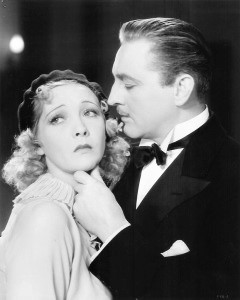
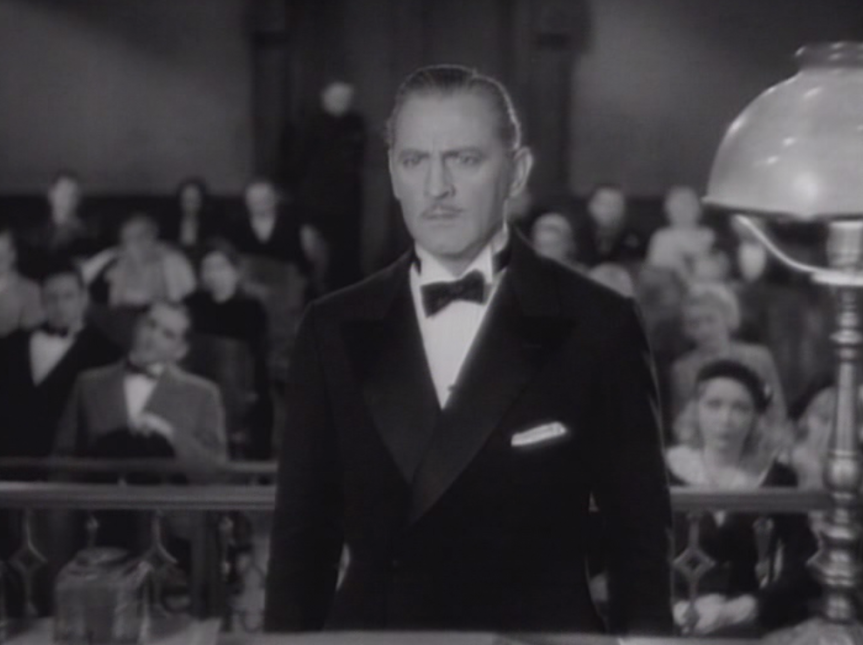
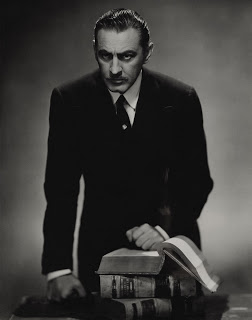


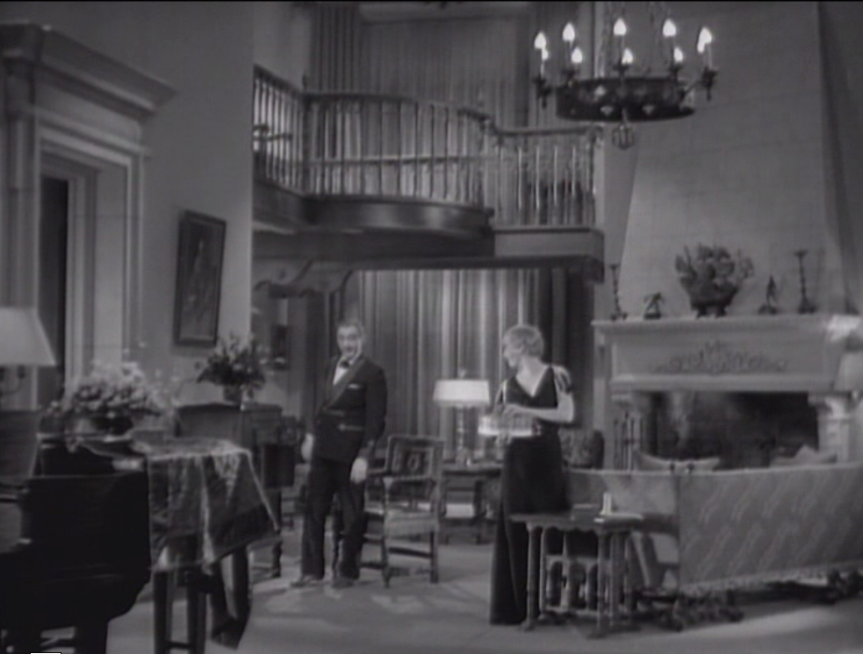






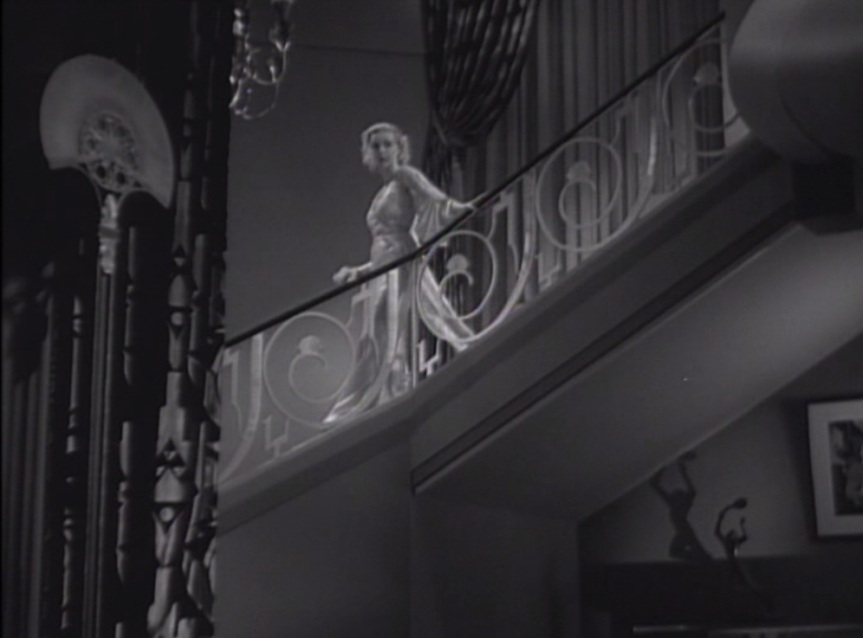
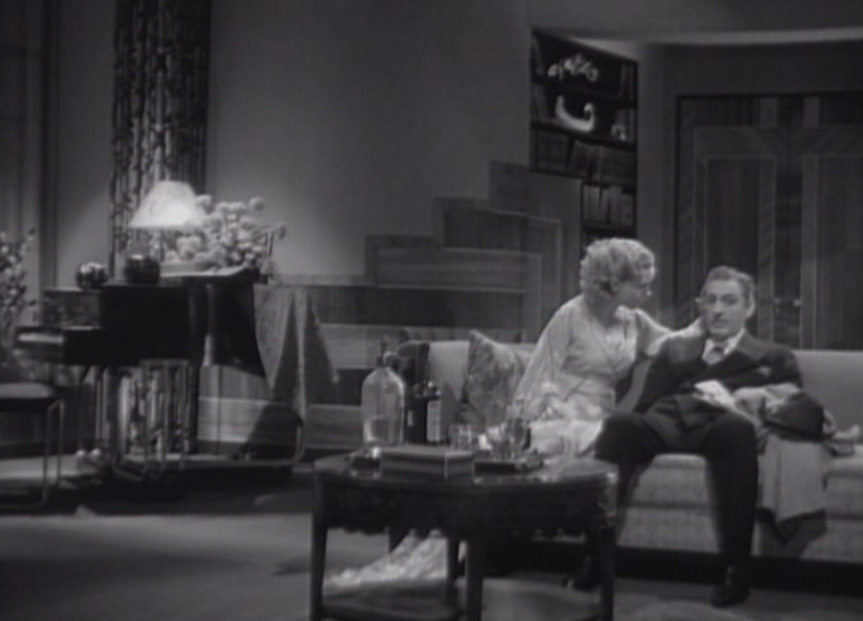







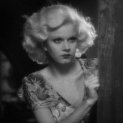 Notes and Extras
Notes and Extras